3,500 worldwide species, of which 180+ North America-based:
The orb-weaver family Araneidae accounts for one-fourth of all spider species.
The common name borrows upon the arachnid in question's spinning ball-like, circular, round, spiral, or wheel-shaped webs. Orb-weaving spiders claim two main body parts:
• the front (head) has eight low-vision eyes, mouth, eight touch-sensitive legs for detecting vibrations and moving, and small limb-like pedipalps for mating; and
• the rear (abdomen) has non-sticky and sticky, stretchy, strong silk-producing spinnerets.
Scientists describe:
• Darwin's bark spiders as producing the world's largest spider webs and strongest silks with ten times a bulletproof vest's resistance; and
• Three-inch (eight-centimeter) black and yellow Argiope spiders as bat-catchers.
Madagascar's orb-weaving spiders emerge as the largest, with a mature length of 4.7 inches (12 centimeters).
*****
website: http://www.rosenpublishing.com/index.php?option=com_content&view=article&id=40
*****


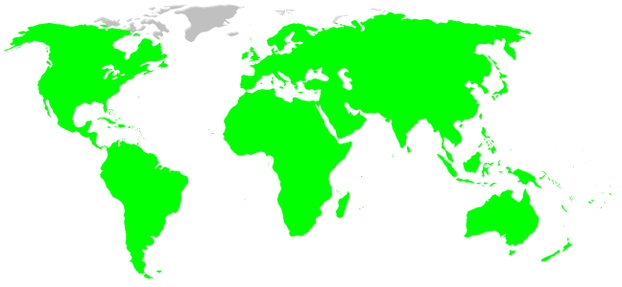
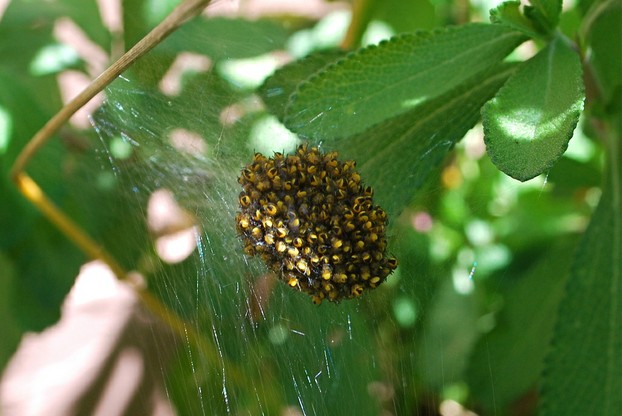
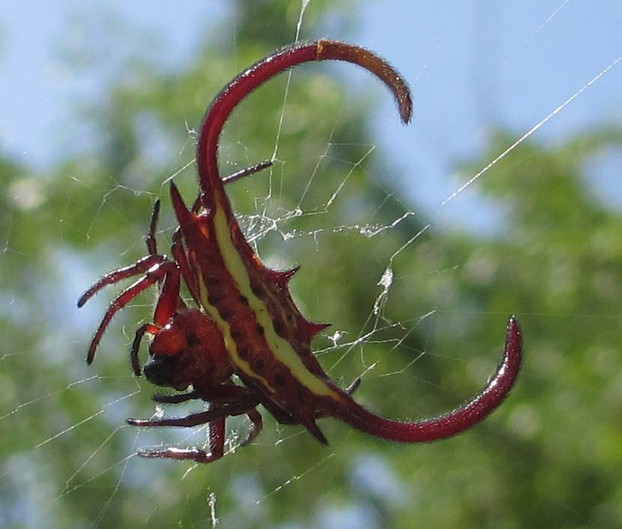
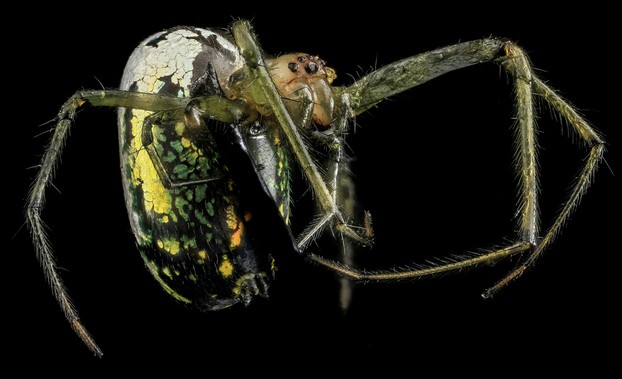
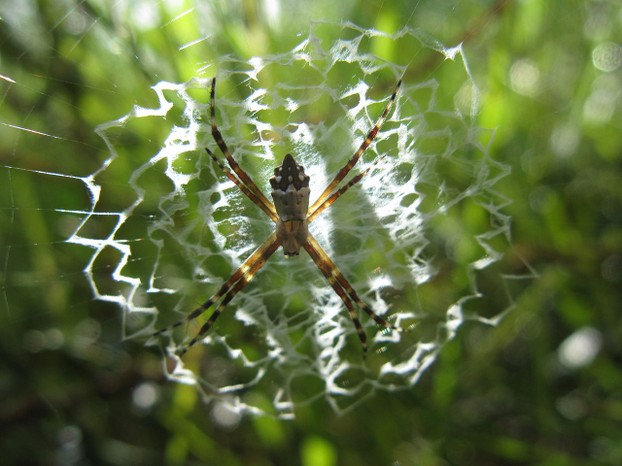
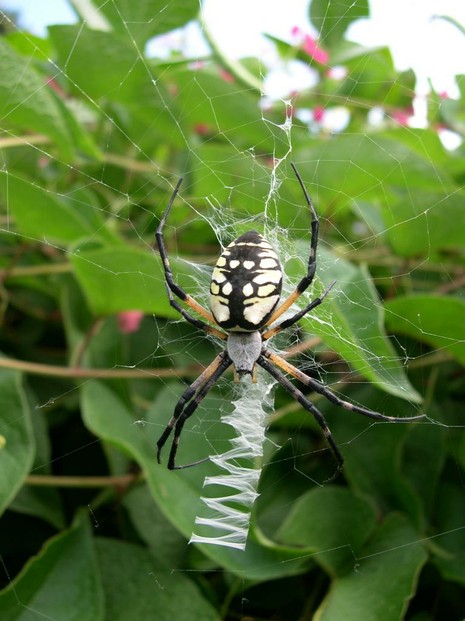
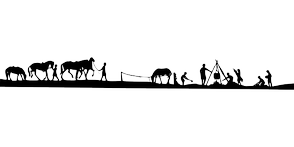

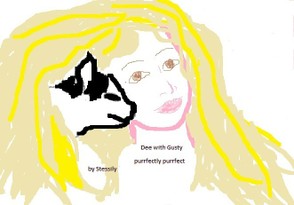
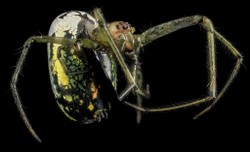

 Are Hawaiian Huakai Po Nightmarchers Avenging Halloween Thursday?on 10/02/2024
Are Hawaiian Huakai Po Nightmarchers Avenging Halloween Thursday?on 10/02/2024
 Mailing Addresses for 2023 Form 4868 Extending 1040 and 1040SR April 15, 2024, Due Dateon 04/15/2024
Mailing Addresses for 2023 Form 4868 Extending 1040 and 1040SR April 15, 2024, Due Dateon 04/15/2024
 Mailing Addresses for 2023 Forms 1040 and 1040SR Filed in 2024on 04/15/2024
Mailing Addresses for 2023 Forms 1040 and 1040SR Filed in 2024on 04/15/2024
 Mailing Addresses for 2022 Form 4868 Extending 1040 and 1040SR April 18, 2023, Due Dateon 04/13/2023
Mailing Addresses for 2022 Form 4868 Extending 1040 and 1040SR April 18, 2023, Due Dateon 04/13/2023

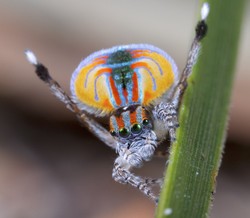
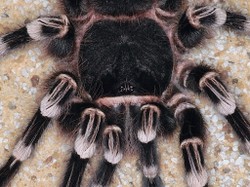
Comments